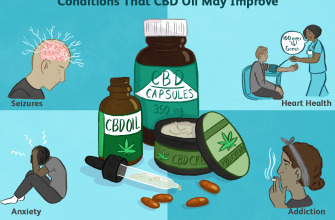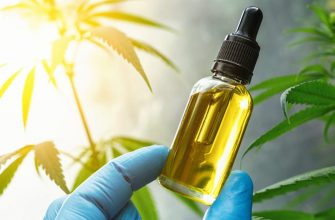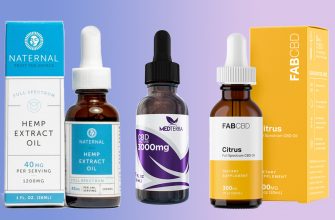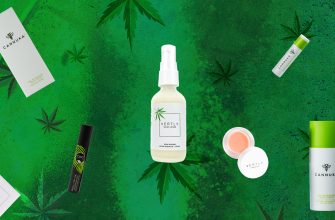Oxidative stress is one of the main causes of the “bundle of diseases” of modern man, from cardiovascular diseases to diabetes, cancer, autoimmune diseases and metabolic disorders, atherosclerosis, hypertension, stroke, arthritis, Alzheimer’s disease, Parkinson’s, bronchitis, emphysema and many others. …
Additional consequences are damage to the DNA of the genetic material and premature aging.
But what is oxidative stress and how is it generated?
Oxidation = loss of an electron – – – redox potential = gain of an electron.
Oxidation and courtship reactions are very common in nature and form the basis of electrochemistry. Redox reactions are known and common. Burning sugar in the body, Iron rust or a chemical reaction taking place inside an electric battery. Oxidative stress occurs as a result of the action of free radicals.
Free radicals are atoms that have an unpaired electron in their outer shell and are therefore unstable. Attack the molecules around them, Remove the electron (oxidizer) from them and turn them into free radicals yourself. Thus, a destructive chain reaction is created, and oxidative stress is harmful to cells and tissues.
Where do free radicals come from?
Our body produces them as natural waste products of life:
Eating (any food), sun exposure, air pollution, smoking, various drugs and chemicals, flavors, stabilizers and preservatives, pesticides, ultraviolet radiation, alcohol, drugs, lack of sleep, lack of physical activity, heavy physical activity Westerns (stress )
How does the body deal with free radicals?
The body contains antioxidants whose function is to neutralize free radicals.
Antioxidants Oxidize themselves But don’t create new radicals that attack other molecules. This stops the destructive chain reaction.
The most important antioxidants in our body are: glutathione, lipoic acid, coenzyme Q-10, vitamins C, A, E and minerals (selenium and zinc). From food (fresh plants) we absorb: carotenoids, anthocyanins, flavonoids and polyphenols, which have important antioxidant activity. Water-soluble antioxidants (vitamin C) work in the aquatic environment, while fat-soluble antioxidants (E) primarily protect cell membranes and adipose tissue.
In addition to quantity, the quality and variety of antioxidants are also important for maintaining health. Organic seedlings contain many active and important antioxidants, some of which are rare. Turmeric, garlic, and pomegranate are known for their antioxidant properties.
CBD As an antioxidant:
Cannabidiol restores the balance between free radicals and intrinsic antioxidants through a direct and strong antioxidant action against ROS-REACTIVE OXYGEN, which damage cells in various tissues and provoke inflammation and pain. The antioxidant activity of CBD is 30-50% stronger than that of water-soluble vitamin C or fat-soluble vitamin E. Recent discoveries have shown that the antioxidant activity of cannabidiol is even stronger than that of aspirin. (ASPIRIN)
Another surprising benefit is that CBD can support brain health through its antioxidant activity. Most neurodegenerative diseases are caused by toxins that accumulate in the brain, or an accumulation of a neurotransmitter that induces glutamate. (glutamate).
In 1998, a study funded by the US government showed and determined the effectiveness of CBD as an antioxidant.
Research link: https://www.ncbi.nlm.nih.gov/pmc/articles/PMC20965/
After research, the US administration actually filed a patent for the antioxidant properties of CBD.
You can see it at the following link: https://patents.google.com/patent/US6630507
A 2000 study in mice showed that CBD reduced the toxicity of various substances in the brain and suppressed inflammation.
Research link: https://www.ncbi.nlm.nih.gov/pubmed/10863546
Reducing the toxicity of sulfur dioxide
An inorganic compound containing inorganic sulfur (SO2) is Poisonous gas Has a strong stimulating smell, From common and strong air pollutants, Mainly due to its composition in an atmosphere with oxygen and water to obtain sulfuric acid, which is one of the components of acid rain. Sulfur dioxide can be produced artificially, mainly from coal-fired power plants, or naturally from volcanic activity. Sulfur dioxide is produced in the chemical industry on a huge scale as part of the sulfuric acid production process, which is the main and most important application of this substance.
In a 2017 study, the endocannabinoid AG-2 was found to protect brain cells from inflammation caused by inhalation. Sulphur dioxide… Because CBD inhibits the breakdown of AG-2 and allows it to prolong its effects, the researchers believe they are on the right track to unleash the full potential of cannabidiol. As a means of protection against various infections.
https://www.ncbi.nlm.nih.gov/pubmed/28115138
Short description:
The development and formation of diseases and disorders due to persistent oxidative stress is a process whose onset is difficult to predict. This process varies from person to person, depending on healthy lifestyles and hereditary characteristics, living and working conditions, and the degree of exposure to oxidizing agents. In the future, it may be proven that measured and consistent consumption of CBD over many years of life prevents future incidence of these diseases, however, it is now safe to say that CBD’s antioxidant properties make it an effective treatment even when the disease has already flared up.
– CBD cell reactivity,
– Relieves inflammation and pain
– Balances blood pressure and protects blood vessels and heart.
– Provides protection for the cells of the nervous system
These additional functions are extremely important and are also an advantage. CBD About other natural antioxidants.
General issues :
– What dose is appropriate for the preventive treatment of oxidative stress?
– Which product is suitable for treating oxidative stress?
– Which form of CBD consumption is best for treating oxidative stress?





